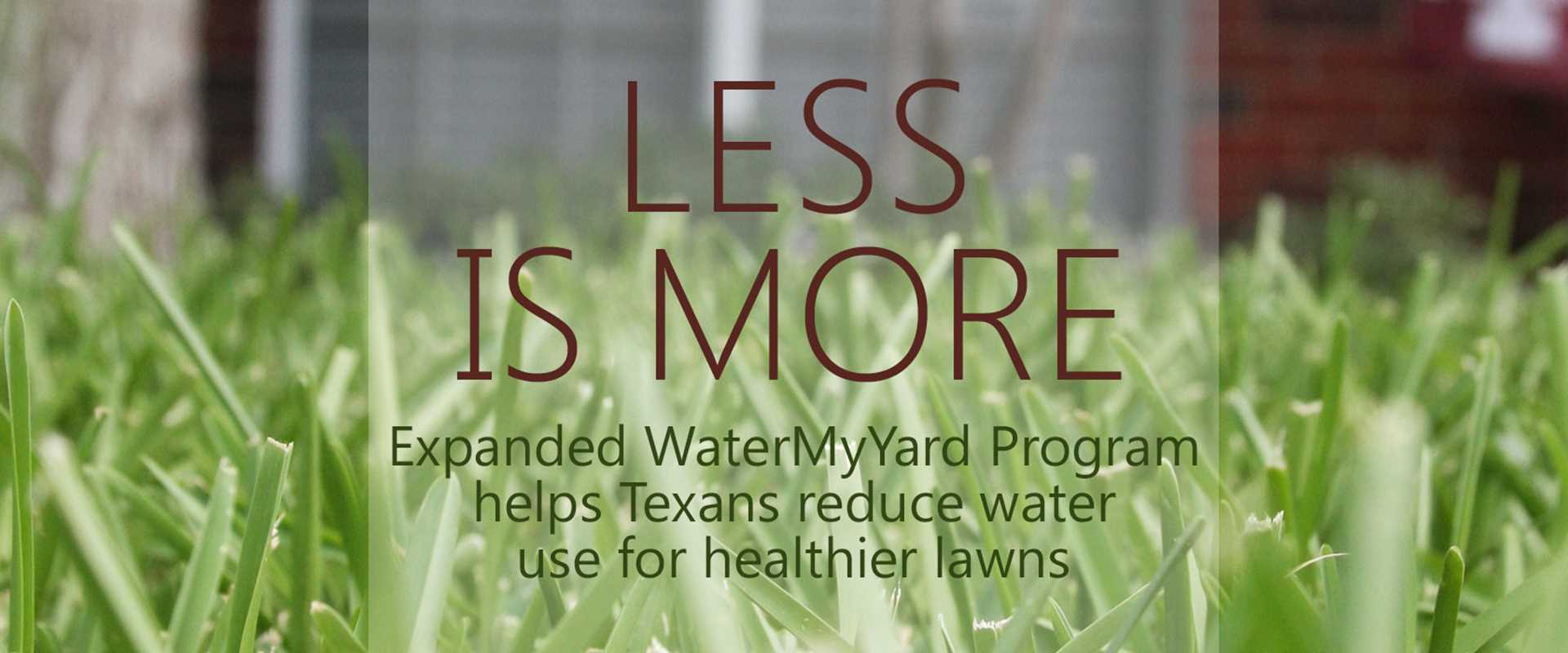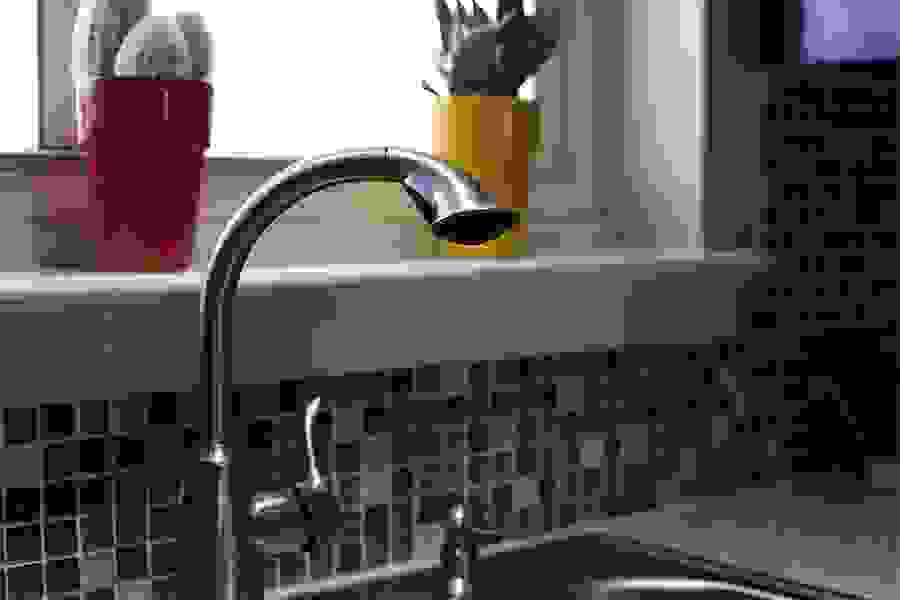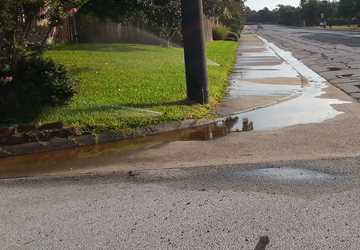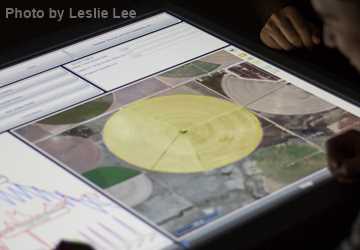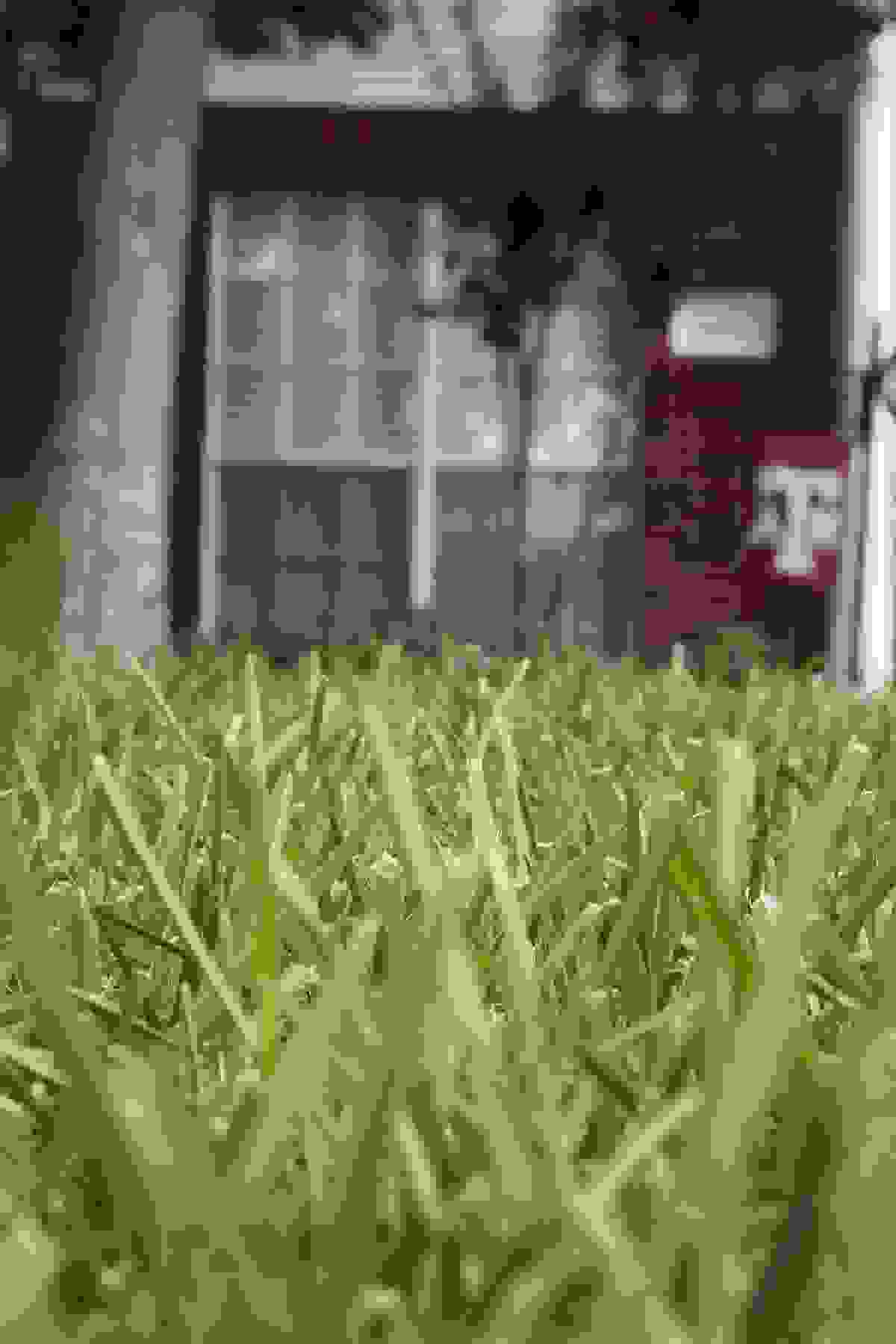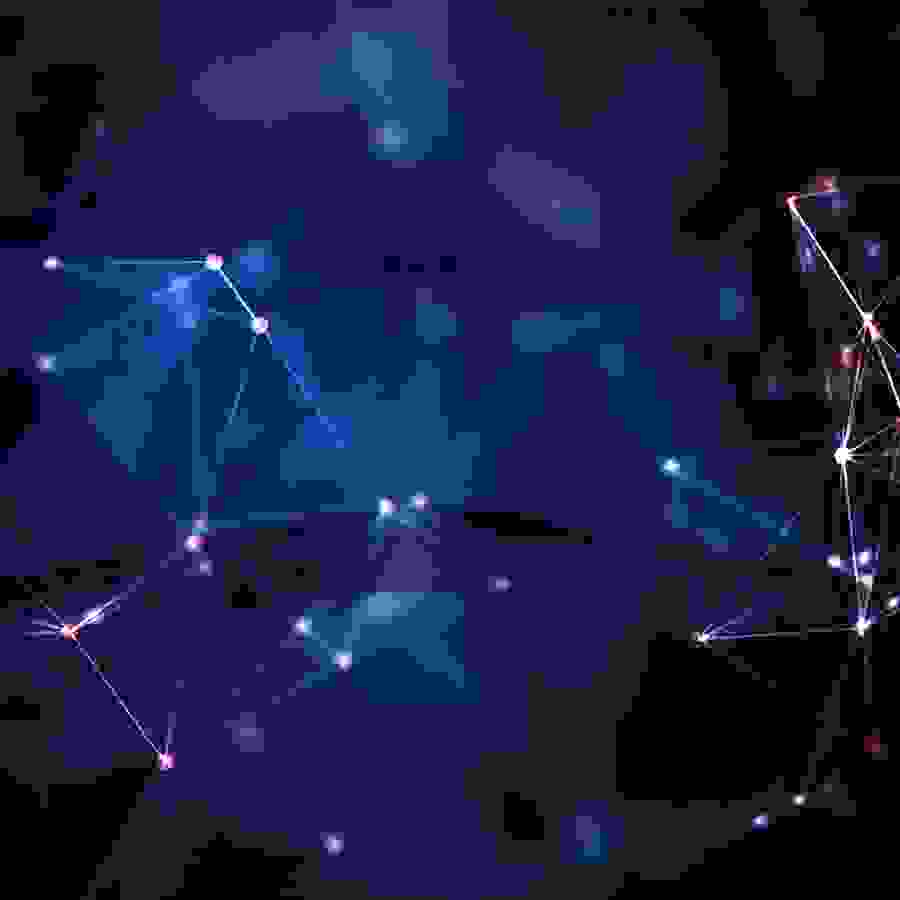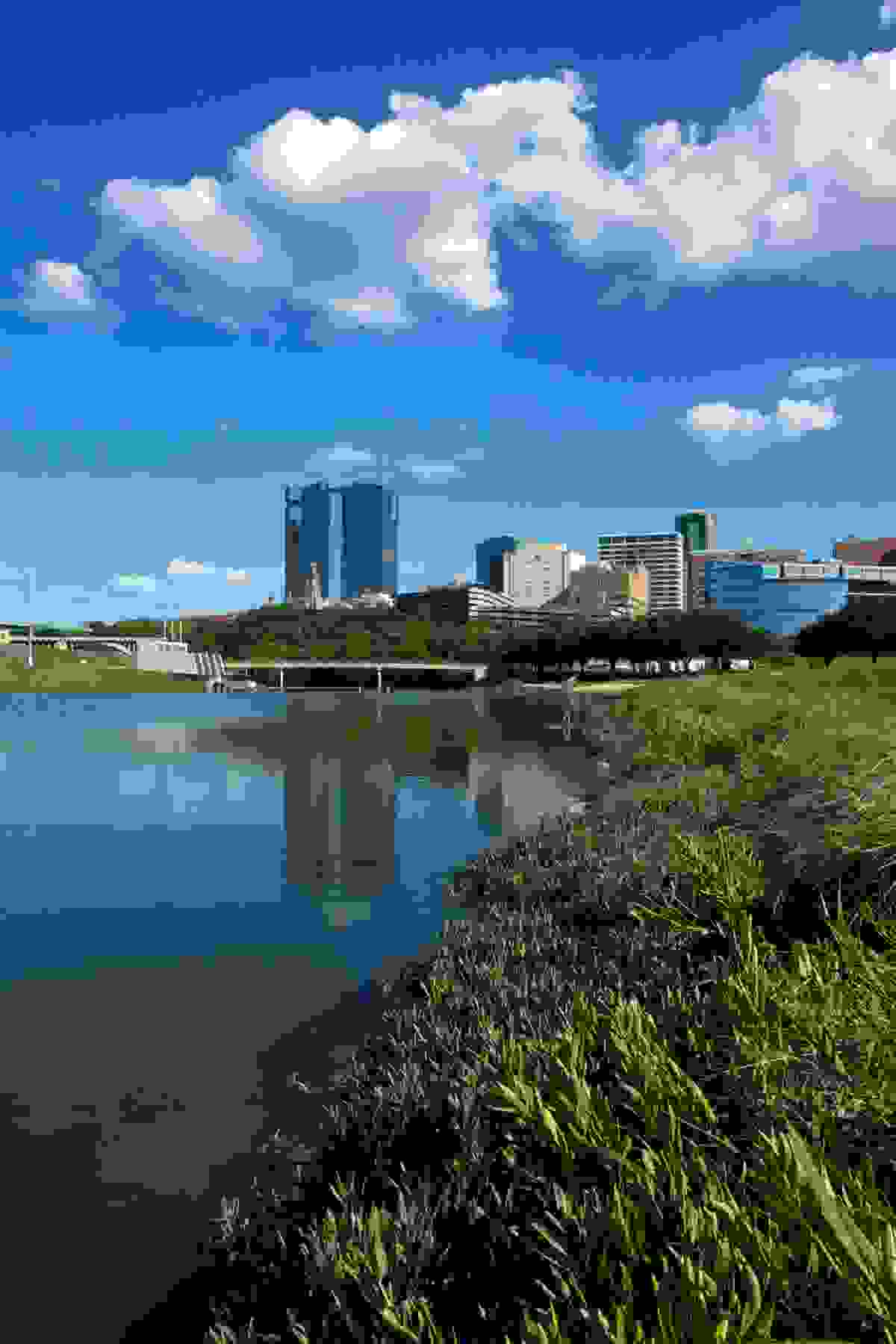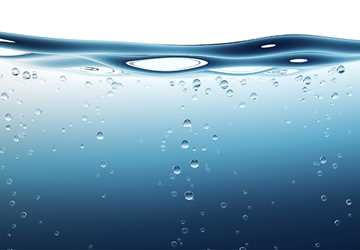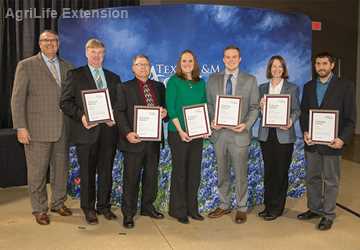By Eva Vigh
All over Texas, homeowners are unknowingly drenching their yards — thanks to inefficient practices or leaky irrigation systems. Often more than 50 percent of landscape water is wasted due to overwatering, according to Texas A&M University experts.
Encouraging residents to use science-based ways to water their lawns could help alleviate this problem, but this approach has two challenges: most homeowners do not know how to calculate water requirements, and determining irrigation runtimes to meet those water requirements can be complicated.
With the WaterMyYard Program, homeowners can easily find out exactly how much water their landscape actually needs, without having to know the science behind it. First launched in 2013 as a joint effort of the North Texas Municipal Water District (NTMWD) and the Texas A&M AgriLife Extension Service’s Irrigation Technology Program, WaterMyYard has since evolved and expanded statewide.
Meeting homeowners’ needs
The WaterMyYard web app uses automated weather stations and local evapotranspiration, or ET, data to generate water recommendations specific to each user’s landscape. ET is a measure of how much water plants need to grow and remain healthy.
The program delivers weekly emails and text messages to users who live within the program’s service areas. Service areas are sponsored by a water district such as the NTMWD, water utilities and cities that have purchased their own ET-based weather station.

With intuitive and easy-to-use data entry options, the web app tells homeowners how long, in minutes, they should run their systems for maximum efficiency and water conservation.
Users are first prompted to enter the address or zip code where their yard is located. Then they enter their sprinkler precipitation rate. If homeowners do not know their rate, they can select their type of system, such as multistream sprinklers or drip irrigation, by clicking one of the images. WaterMyYard then generates the recommendation on how many times and how many minutes to run their irrigation system that week. Users can subscribe to future weekly water recommendations by text message or email.
A cure for chronic overwatering
Prior to NTMWD residents using WaterMyYard, district surveys revealed that most homeowners watered three or more times per week, said Denise Hickey, NTMWD’s public relations and water conservation manager.
Because most homeowners don’t do the research on how to properly care for their lawns, Hickey said, they tend to have a “set it and forget it” mindset for their irrigation controllers and often end up overwatering. The surveys also showed that homeowners were irrigating during the dormant season for lawns, a time when it is unnecessary and wasteful to add supplemental water.
With intuitive and easy-to-use data entry options, the web app tells homeowners how long, in minutes, they should run their systems for maximum efficiency and water conservation.
“We’re trying to raise awareness of how to properly irrigate your lawn while conserving water,” she said. “And actually, they’ll have a better lawn even during drought periods if they water with best management practices.”
The need to initiate better water management practices for homeowners, coupled with recent drought periods, prompted NTMWD to reach out to AgriLife Extension.
“We received a request from NTMWD to come up with a way to inform homeowners how to run their sprinklers,” said Dr. Guy Fipps, professor and Extension specialist in Texas A&M’s Department of Biological and Agricultural Engineering (BAEN). “It had to be easy to use and require no knowledge of ET or irrigation systems.”
The growing demand for WaterMyYard
Over a two-year period, 13 cities from NTMWD were added to the program. As requests to simplify and expand the program began to come in from other municipalities around the state, it became clear the program needed some changes.
“The first question asked by cities wishing to join the program was: ‘How many ET weather stations do I need?’” Fipps said. “It turns out that there was no established methodology to determine how many ET stations are needed in an urban area for irrigation purposes.”
With that in mind, Fipps put together a team consisting of Dr. Gretchen Miller, professor in Texas A&M’sZachry Department of Civil Engineering; Dr. Richard White, professor in Texas A&M’s Department of Soil and Crop Sciences; and Seydou Traore, BAEN Extension associate, to develop such a methodology.
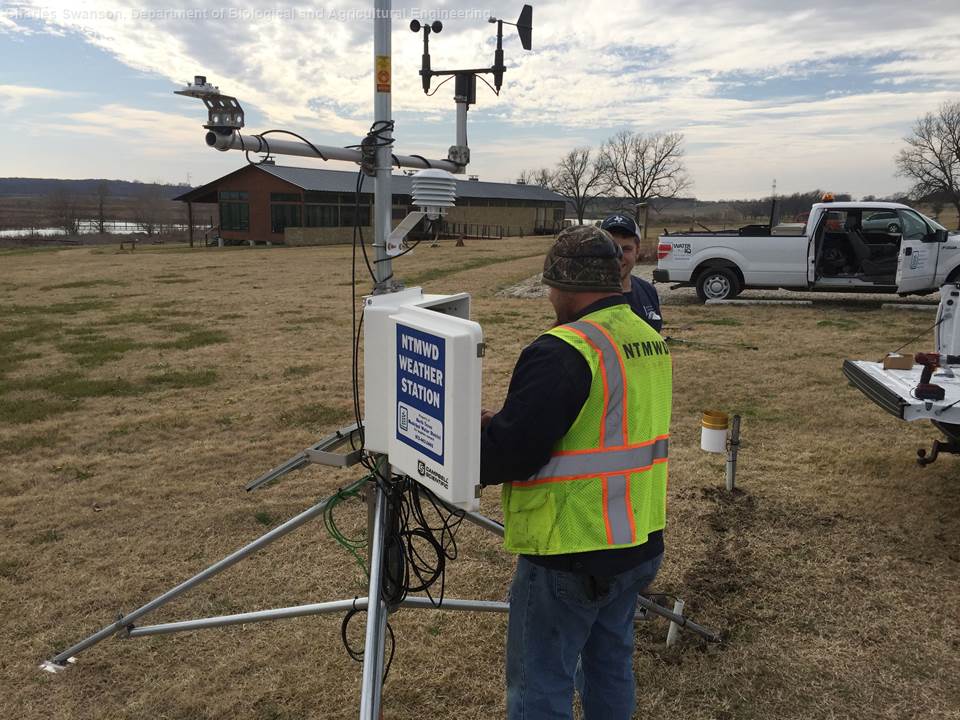
The team examined the spatial variability of ET in urban areas by mounting special sensors on a vehicle that was driven along pre-selected routes, along with thermal image analysis of satellite images of the same areas.
“The goal was to develop a methodology that is simple enough that it can easily be applied to all urban areas in Texas while providing accurate guidance on station placement,” Fipps said. “The methodology developed will not only be useful for WaterMyYard but has widespread application in water management, water planning and climate change analysis, among others.”
In addition to validating ET station location requirements, the recent efforts also included a revamp of WaterMyYard web programming. Since the original WaterMyYard app was programmed for a single service area, Fipps said that to expand the program statewide, significant new programing was required, including the capability to incorporate multiple locations and sponsors who may be on different drought stages and watering restrictions.
“We simplified the user interface, increased the number of options for customizing local site parameters and modified email formatting,” Fipps said. “‘Back-end’ programing that simplified the incorporation of new sponsors, service areas, weather stations and remote rain gages was successfully completed.”
Through the efforts of Fipps and the WaterMyYard team of David Flahive, BAEN programmer, and Charles Swanson, BAEN Extension program specialist, a new version of WaterMyYard was launched in July 2015 to provide further coverage and customization for more areas.
The goal was to develop a methodology that is simple enough that it can easily be applied to all urban areas in Texas while providing accurate guidance on station placement.
At a city level, delivering additional data and coverage allows for better recommendations for the consumers, Hickey said.
“We realized that, for example in Allen, the weather station was located in east Allen but west Allen may have gotten some rain when east Allen did not, so you wouldn’t get a good representation of the weather patterns or the city,” she said. “NTMWD installed additional rain gages so WaterMyYard would have better coverage of that region.”
Water utilities across the state are embracing the expanded and improved program as well. There are now 61 Texas cities in the program, including Bryan, College Station and Irving, and member cities of the Lower Colorado River Authority in the Austin area and the Upper Trinity Regional Water District.
“It’s continuing to expand very fast through the state,” Fipps said. “Besides the 61 cities currently in the program, we have several more water districts and cities that are joining the program in 2016.” The estimated water savings from the WaterMyYard Program for the 2015 irrigation season was approximately 160 million gallons of water, he said. Recognizing the program’s success, the Water Conservation Advisory Council awarded NTMWD and AgriLife Extension the 2015 Municipal Blue Legacy Award for WaterMyYard.
In a June 2015 survey taken by NTMWD, consumers reported they thought the most beneficial part of the program was the weekly emails or texts recommending users not to water.
“Over the next 50 years, about one-quarter of our water supply is going to come from individual conservation and reuse efforts,” Hickey said. “We know we can save a lot through managing the way we water our lawns. WaterMyYard is an excellent tool to help educate and guide the homeowner when they need to water or when they don’t need to water, thus saving water for the future.”
The expansion of the project was funded, in part, by a joint Texas A&M AgriLife Research, Texas A&M Engineering Experiment Station and Texas A&M AgriLife Extension Service Water Seed Grant: Creation and Deployment of Water-Use Efficient Technology Platforms. In 2013, the Texas Legislature charged the agencies to address the critical nexus for water-use efficiency as part of addressing the future water needs of Texas.

